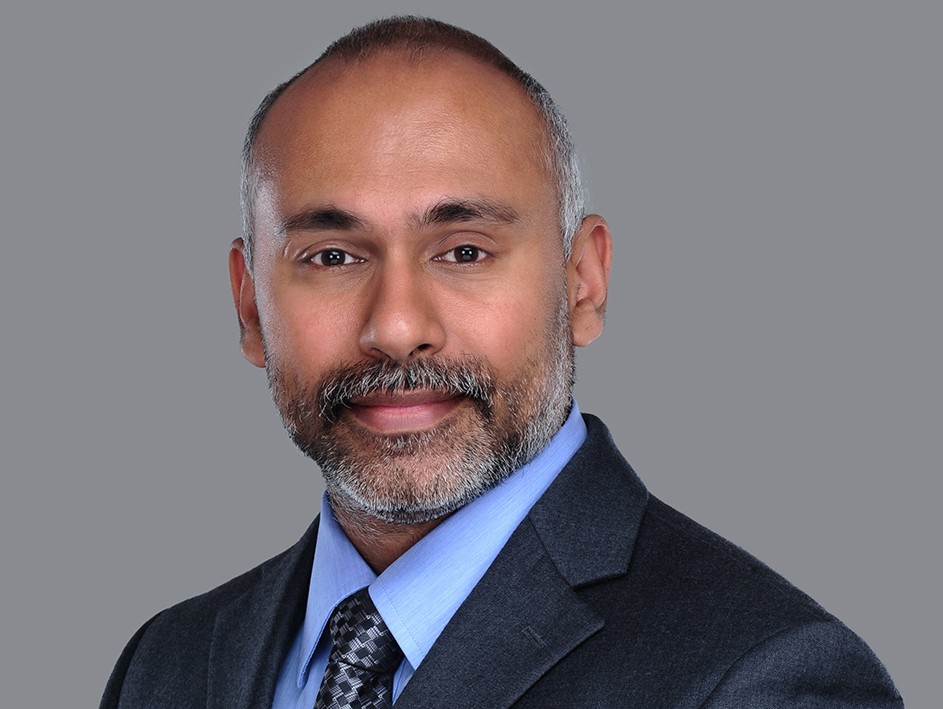2018 was quite an interesting stretch year for me working deep in APAC talent acquisition (TA) world, and I thought of putting down some reflections. Unlike my 2015 reflection, this post focuses on the core TA work mostly.
So, here we go:
- Talent acquisition is very much a team sport. To close a strong new hire, having a great recruiter is just not sufficient. It is equally important to have a highly engaged hiring manager, aligned interview panel, recruiter and coordinator who work together in synch.
- TA exists to deliver value for the business. When the focus moves heavily to costs and metrics, it is easy to lose sight of what the stakeholder values. Many times, working closely with a business stakeholder requires a deeper understanding of their context beyond the process/numbers, and flexibility to change views or approaches. Vice versa, it may also require the leaders/hiring managers to stay flexible to change past views.
- From a process perspective, aligning an interview panel at the beginning of an interview process on key assessment areas, clarity on each member’s expected area(s) of assessment saves a lot of time in the end during the debrief to get to a hiring decision.
- Stakeholders in general prefer transparency, proactive communication, sense of urgency, commitment to close roles and visibility on progress from TA.
- Sometimes, activity on a requisition goes slow for a while and at other times, it picks up at short notice with high urgency, depending on stakeholder engagement or organizational dynamics. Candidates may notice this change in pace as well and it helps for TA partner to manage expectations on timeline proactively and continuously.
- One of the key actions for a TA leader is to continuously influence key stakeholders to explore different approaches, ways of working and establish a constant, trusting feedback loop.
- It is very difficult, almost impossible to keep all stakeholders happy always as the demand cycles, priorities and markets shift.
- Internal and external networks of contacts are always very helpful, especially for sharing learning/experiences and, to connect with new candidates and partners. Internal referrals can make a big difference.
- How a TA team or hiring panel interacts (or don’t) with candidates or external partners reflects the company’s true employer brand/culture and the individual brand as well.
- Candidate drop offs after offer acceptance are part of TA partner’s life (bigger than initially expected) and therefore managing the risk also becomes relevant. It was surprising to note how some experienced candidates in India disappeared after accepting an offer and became unreachable afterwards. Shortsightedness is surprisingly common. Most criticisms on social media are about recruiters or companies but there is another side to the discussion with many unprofessional candidates.
- It is always relevant to keep candidate pipelines active. Also from a candidate’s perspective, important for final round candidates to remember that the TA team can always reach out to them sooner than expected, when someone drops out or the same role may open up few months later.
- Many candidates try to reach out/connect with recruiters on LinkedIn. For this approach to be more effective and workable (especially for an unknown connection), it would help the candidate to proactively do background research on open roles listed by the organization and specify interest and role.
- While exploring partners or agencies, it’s not enough to see the big staffing brand, rather the experiences relevant to area of work and attitude to support. Great partners are flexible, exhibit strong ownership and partnering abilities on the requisitions they work on. They also respond well to improvement feedback and suggestions, thereby building trust.
- Piloting a new approach is a great way to explore a new approach before institutionalizing. We piloted a new AI tool with a partner who was willing to flex outside their norm and we ended up extending the contract.
- Workforce planning is not just about headcount and financial planning. If we lose the perspective on type of skills, criticality and labor market dynamics, it is equivalent to running half blind.
- If there is no ongoing hiring/development program for young talent, it will be more expensive for an organization in the long run to pay premium for hiring lateral talent.
- As with any other function, there are always different styles and preferences at play – within the team, outside with stakeholders and partners. One needs to continuously learn and adapt to the different styles at play to make the most and work through the difficult ones.
- Team members tend to respond better if they feel their inputs are heard, trusted, supported and if they have autonomy, growth and learning.
- When there is a mistake on your/team’s side, it helps to discuss with the team in a safe environment, own it and initiate corrective actions to avoid them in future (rather try to hide or mask it). There is something to improve continuously.
- As operational as talent acquisition may seem to be, there is always a strategic perspective to ensuring a credible TA function.
Best wishes for a great 2019…




Recent Comments